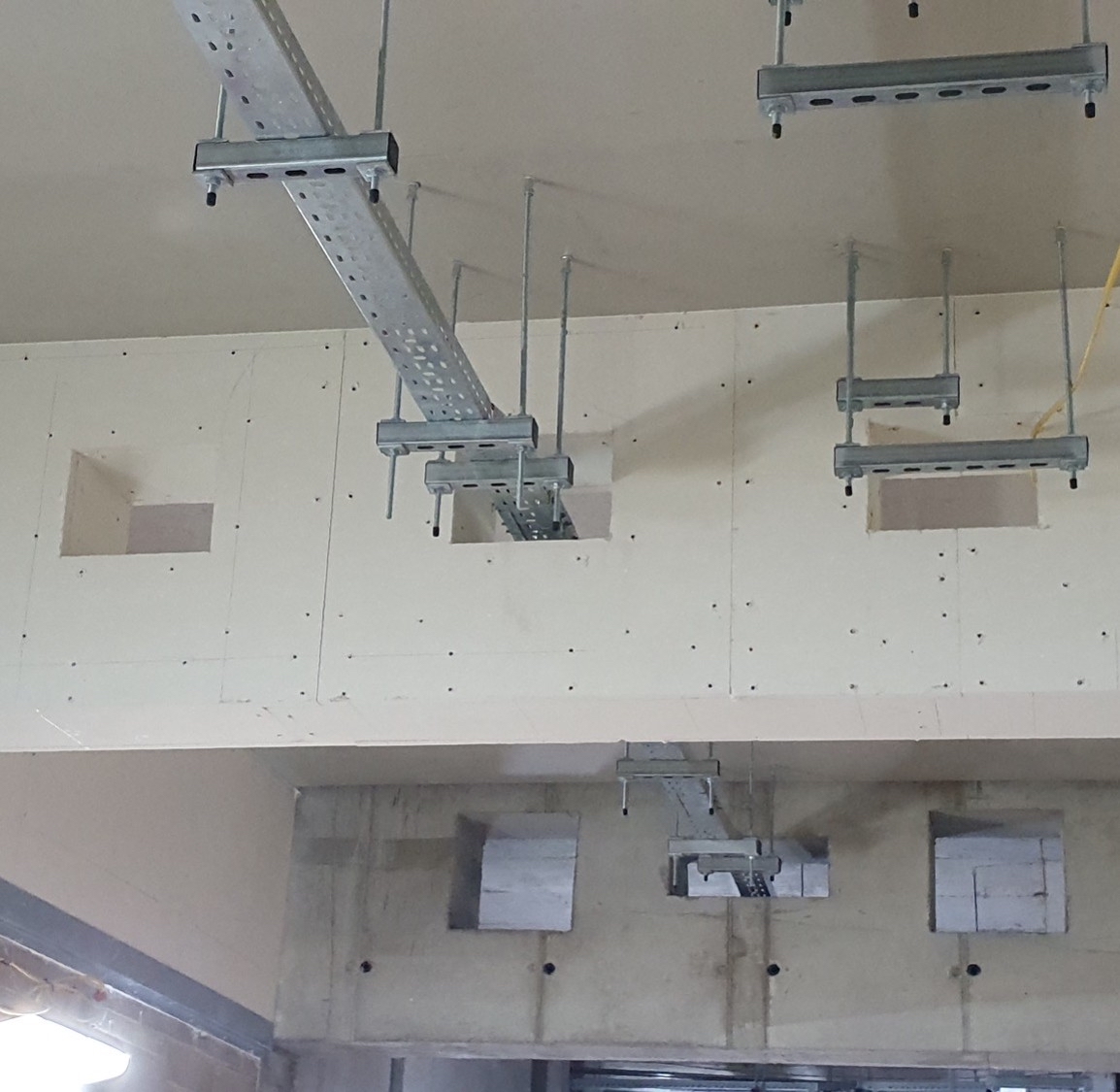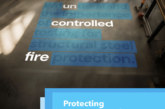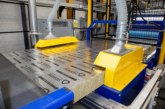
Passive fire protection specialist Promat has introduced a new tested solution to protect structures using cellular beams from the rapid spread of fire.
The tested solution allows the functionality of passing services through cellular beams while maintaining resistance against the spread of heat and smoke for up to 120 minutes.
Protecting structural steel is essential to maintaining the stability of a building in the event of a fire to allow time for occupants to leave safely and fire fighters to tackle the blaze.
For cellular beams, the ASFP yellow book states that specific testing should be done to accommodate the fact that the impact of fire can be different to solid beams, and that cellular beams will lose structural integrity at lower temperatures.
Where compartmentation is required to prevent the spread of fire from one area to another, cellular beams require additional consideration to ensure compliance with the integrity and insulation requirements of BS EN 1363-1.
To provide a tested solution for cellular beams where services are required to run through the openings on compartment lines, Promat has collaborated with its sister company — fire stopping specialist FSi Promat — to develop a tested and third-party evaluated solution that sees firestopping added to cellular beam openings to maintain a consistent level of fire resistance.
By closing off the gaps in the cellular beam with FSi Promat’s Stopseal Batt and Pyrocoustic sealant, and boxing in the steel with Promat’s specialist system VERMICULUX-S, the tested solution meets ASFP yellow book requirements for the protection of cellular beams, whilst also allowing services to pass through.
With no existing BS EN testing standard for demonstrating compartmentation on steelwork protection, or firestopping within cellular beams, Promat worked with independent laboratories to develop a robust testing methodology to demonstrate the performance of the solution that brings together Promat and FSi Promat passive fire protection systems. Testing was successful to maintain compartmentation for up to 120 minutes.
Josh Slack, Commercial Director at Promat, said: “Used frequently in construction, cellular beams use less steel than solid beams to span greater distances and allow services to pass through, which supports space efficient design and ease of application.
“However, this material difference in the steel needs to be accommodated when protecting steel structures from the threat of fire. Even where services are not passing through the openings, cellular beams will typically require a greater board thickness. Specifiers need to take this into account when planning special co-ordination. Promat can assist with this determining the thickness of board required for different cellular beams, ideally at an early stage in the project.”
Craig Abbott, Technical Director at FSi Promat, added: “In testing a batt and mastic solution within the frames we have built in the usability that contractors want to see from cellular beams whilst maintaining a high level of passive fire protection.
“Accommodating service penetrations is part and parcel of building design, and the better equipped we are to provide a tested solution to support the various installations used, the easier specification becomes. It is great to be able to offer a joint approach to support integrated testing to provide a go-to solution for protecting cellular beams in the event of a fire.”
Promat is a leading manufacturer of passive fire protection systems to protect buildings from the rapid threat of fire, allowing occupants time to leave, and helping to protect the integrity of the building. FSi Promat is a specialist fire stopping manufacturer, providing solutions to reinstate, or ensure compartmentation where joints or gaps exist.









